Key takeaway:
- Accurate construction estimation is crucial for maximizing efficiency in construction projects. It helps prevent cost overruns and delays, ensuring that resources are utilized effectively.
- The two-step process of estimating construction projects involves creating a cost database and using schedule-based and assembly-based unit pricing methods. This allows for more precise and comprehensive estimates.
- Accurate pricing not only increases confidence in project planning and execution but also enables faster decision-making and enhances sales opportunities. It contributes to the overall success of construction projects.



Photo Credits: Build-Wire.Com by Frank Thompson
Accurate construction estimation is crucial for maximizing efficiency and managing costs effectively. In this section, we will explore the importance of precise construction estimation and the challenges associated with it. By understanding the significance of accurate estimates and recognizing the obstacles that may arise during the estimation process, construction professionals can strive for excellence and streamline their projects for optimal outcomes.
Importance of Accurate Construction Estimation
Accurate construction estimation is key to the success of any project. Knowing costs helps avoid financial issues and optimizes efficiency. Challenges may arise from fluctuating material prices, labor availability, and project complexities. To address these, a two-step process is often used. This involves creating a cost database for estimated unit prices, then comparing and adjusting. The importance of accurate pricing cannot be overstated.
Benefits come to both contractors and clients. Contractors better understand costs and can plan resources. Clients gain transparency and can plan budgets. Efficiency is improved by minimizing cost overruns and delays. Different types of estimates are developed based on project needs. Adding markup ensures contractors are adequately compensated. Finalizing an estimate requires attention to detail and a professional proposal. Modern solutions facilitate accurate cost calculations and proposal generation.
Estimating construction projects is hard, but the importance of accurate estimation is clear.
Challenges in Construction Estimation
Accurately estimating construction projects is key for successful outcomes. But, the task comes with its own set of difficulties.
One main challenge is a lack of reliable historical data. Estimators often use past projects for estimating, but it can be tough to find ones similar enough. This leads to uncertainties and potential inaccuracies.
Another challenge is the complexity of every construction project. Each one is unique and has its own complexities and requirements. Estimators must consider materials, labor costs, equipment costs, and project requirements. This complexity makes it tough to create standard estimating methods and raises the risk of errors.
Time constraints can also add strain. Estimators are often asked to give estimates within tight deadlines. This puts pressure on them to do calculations and analysis quickly, making errors more likely.
In addition, estimators must consider market conditions, regulatory requirements, and material prices. These factors make the estimation process more complex and cause discrepancies between estimated costs and actual costs.
To sum up, accurate estimation requires overcoming various challenges. These include limited data, project complexity, time constraints, and external factors. By tackling these challenges, estimators can improve the accuracy of estimates and support successful project outcomes.
The Two-Step Process for Estimating Construction Projects
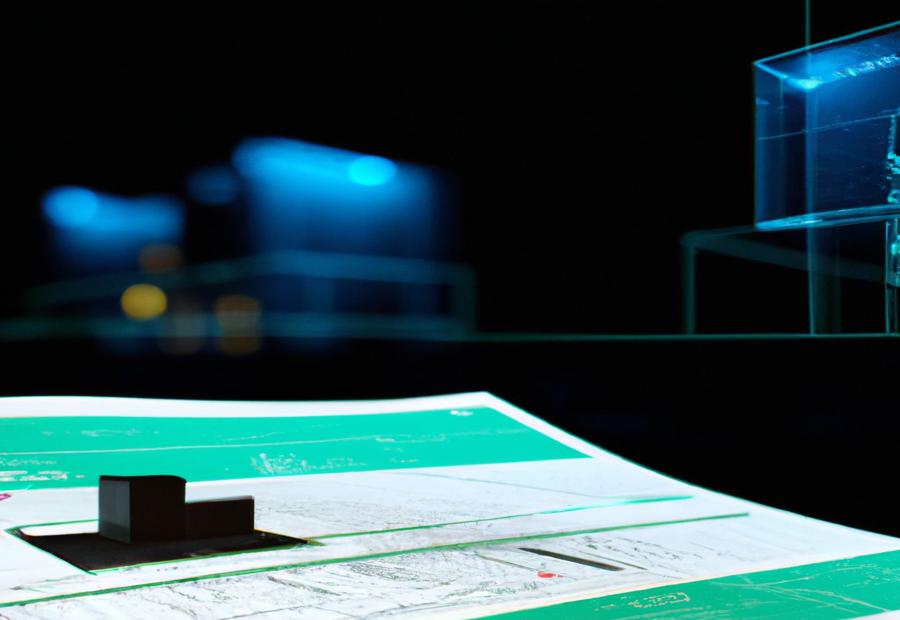


Photo Credits: Build-Wire.Com by Logan Anderson
Estimating construction projects? Use this two-step guide!
- Step one: Gather accurate reference data. Plans, blueprints, specs – get it all!
- Step two: Calculate costs. Analyze the specs, materials, labor, and equipment. This guide ensures maximum efficiency and precision.
So, here’s the guide:
- Gather reference data: Get the plans, blueprints, and specs.
- Analyze construction scope: Look at square footage, number of floors, special features, and materials.
- Calculate quantities: Break it down. How much concrete, steel, and lumber?
- Determine labor requirements: Skill level, experience, and time?
- Evaluate equipment needs: Think about rental/purchase costs, maintenance, and fuel.
- Calculate costs: Summarize costs associated with each part of the project.
By using this guide, estimators provide clients with reliable estimates. This systematic approach means less room for error. Budget planning and resource allocation made easy!
The Need for Fast and Accurate Estimates
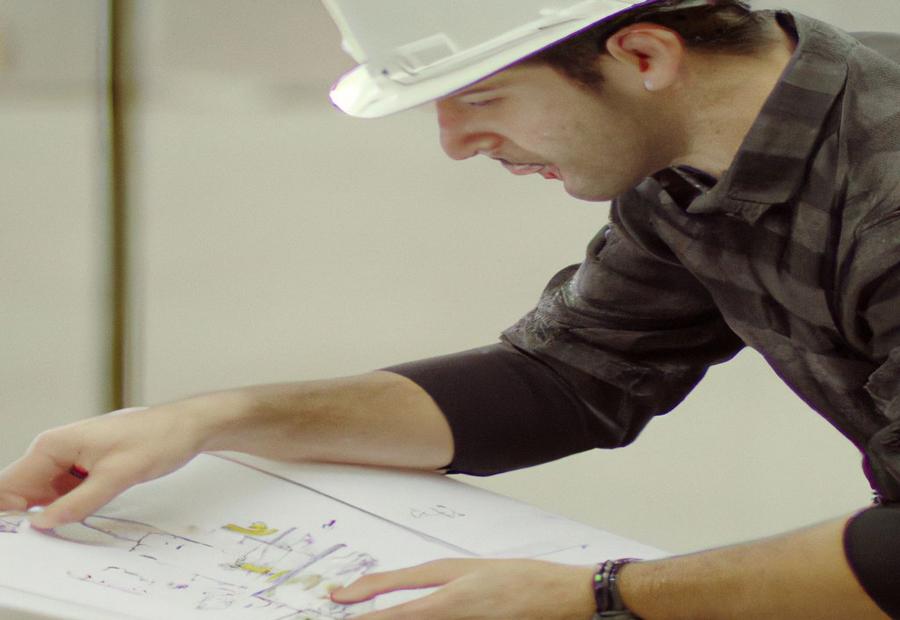


Photo Credits: Build-Wire.Com by Russell Carter
Accurate estimates are essential for construction projects to be on-time and within budget. They provide info for planning, decision-making, and resource management. The Construction estimation guide highlights the significance of fast and precise estimates for maximum efficiency.
Time and cost considerations are not the only reasons for accurate estimates. Quality and safety are also important. Accurate estimates identify potential risks early, so they can be addressed. It’s important to consider all variables like weather, site accessibility, and regulations.
To improve speed and accuracy, contractors should use software tools. Automation and real-time data integration allow for fast and precise estimates with minimal errors.
Creating a Cost Database for Estimates
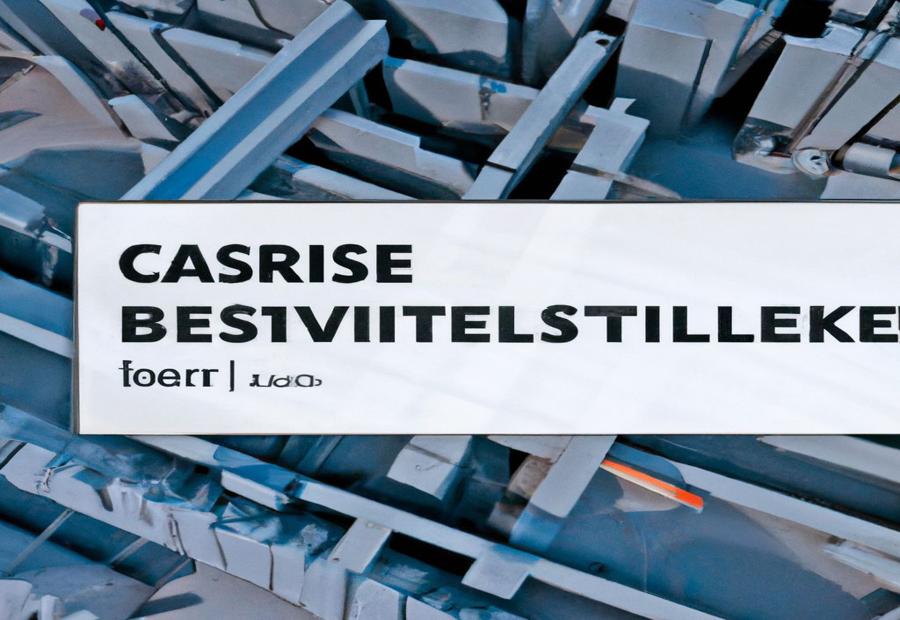


Photo Credits: Build-Wire.Com by Gary Allen
Creating a Cost Database for Estimates is essential for accurate construction estimations. It streamlines the estimation process and supports project management. To build one, follow these steps:
- Collect Cost Data: Gather data on materials, equipment, labor costs, and other expenses. Get it from industry databases, past records, or suppliers/subcontractors.
- Organize and Categorize: Put the data in clear categories and subcategories. This helps with future estimations and comparisons.
- Update and Maintain: Regularly review and update the info. Keep up with market changes and inflation.
- Utilize Technology and Software: Use tech advancements and industry software to automate data entry and calculations. It also helps with collaboration.
Consider incorporating specific project data too. This makes the database more valuable for accurate estimations. Creating a cost database leads to better project planning, cost control, and profitability.
Estimating Schedule-Based Unit Price



Photo Credits: Build-Wire.Com by Gabriel Adams
Estimating schedule-based unit price is vital for construction projects. A professional approach is key. We can use reference data and insights to estimate the unit price, based on the schedule.
To help, we can create a table. This captures elements related to estimation. The table should have columns for task description, estimated work hours, unit price per hour, and total cost.
Unique details may come up. Material availability, agreements with subcontractors, and potential disruptions can all have an effect. Take these into account for a more accurate result.
A detailed and realistic construction schedule is necessary. Research and historical data can help establish realistic unit prices. Regular updates and revisions are important for accuracy.
Following these suggestions can improve the accuracy of schedule-based unit price estimation. A structured table, unique details, and regular updates will enhance project planning, resource allocation, and budget management. Accurate estimates will lead to successful construction projects.
Estimating Assembly-Based Unit Price



Photo Credits: Build-Wire.Com by Robert White
Calculating the price of assembly-based items in construction projects is a vital and interesting job. It requires accuracy and speed.
The article, “A Comprehensive Guide to Accurate Construction Estimation For Maximum Efficiency,” provides reference data that explains the process of estimating assembly-based unit prices.
To make the process easier to understand, a table can be created. It will demonstrate the different factors needed to accurately calculate assembly-based unit prices. Using the reference data, the columns in the table can include: “Assembly Item,” “Quantity,” “Unit Cost,” and “Total Cost.” This will help construction professionals to work out unit prices quickly.
Also, the reference data outlines other factors to consider when estimating assembly-based unit prices. These include labor costs, materials costs, equipment costs, and overhead costs. These are all important in determining accurate prices for construction projects.
The reference data also mentions that understanding the cost of different assembly items can help construction professionals to manage their budgets better. This makes accurate estimation of assembly-based unit prices even more important and beneficial in construction projects.
Comparing and Adjusting Unit Prices for Accuracy



Photo Credits: Build-Wire.Com by Dennis Hall
Comparing and adjusting unit prices is key for accurate construction estimation. We analyze reference data to identify the most effective methods. This includes comparing prices of similar materials, and adjusting them based on project requirements and market conditions.
To show “Comparing and Adjusting Unit Prices for Accuracy,” we create a table. It shows columns such as “Material Type,” “Average Market Price,” “Cost Adjustment Factors,” and “Adjusted Unit Price.” Structuring this info helps professionals compare and adjust prices, boosting accuracy.
There are also other details to consider. The table can include extra columns, like “Supplier Rating” and “Quality Assessment.” This provides comprehensive analysis, to make sure all factors that affect unit prices are taken into account.
The Impact of Accurate Pricing on Confidence, Speed, and Sales
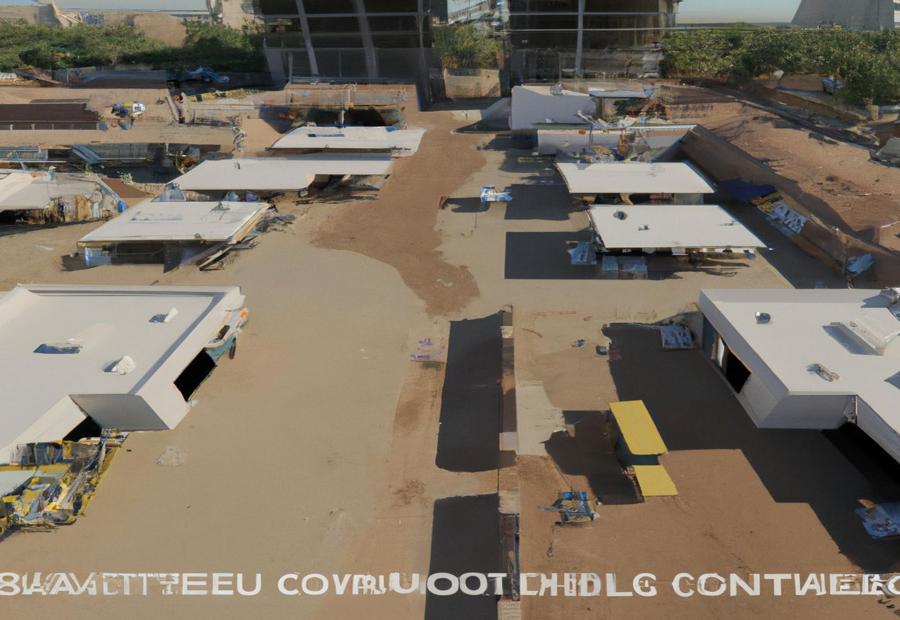


Photo Credits: Build-Wire.Com by Ethan Scott
Accurate pricing has a big effect on many construction project aspects. It gives both clients and contractors a sense of confidence. Clients trust that they are receiving fair and open pricing. And, contractors feel assured in their ability to estimate correctly. This leads to a faster construction process.
The effect of accurate pricing on speed is huge. It reduces the chances of unexpected costs or delays. Resource allocation and planning get better. This saves time and boosts productivity. Projects can be completed on time when pricing is correct.
Accurate pricing has a direct effect on sales. Clients are more likely to pick a construction company if they get accurate and transparent pricing. This builds trust and is a key factor when clients decide. They have the courage to put money into construction projects, knowing their budget is being used properly. Companies that provide accurate pricing draw in and keep clients, leading to increased sales and business growth.
Accurate pricing also guarantees the financial success of construction projects. By correctly estimating costs and pricing, companies can better control budgets and costs. Cost overruns are avoided and the project’s overall profit is improved.
In the end, accurate pricing has a big impact on confidence, speed, and sales in construction. It creates trust, heightens efficiency, and increases the likelihood of project success. Companies that prioritize accurate pricing can do well in a competitive market.
Benefits of Accurate Construction Estimates



Photo Credits: Build-Wire.Com by Nicholas King
Accurate construction estimates bring numerous advantages. They minimize budget overruns, help with resource allocation, enable proper scheduling, increase client satisfaction, facilitate better decision-making, and reduce the risk of disputes.
Furthermore, accurate estimates help contractors focus on optimizing efficiency and productivity. They also promote the overall professionalism and credibility of a construction firm, drawing more clients and opportunities.
It’s important to acknowledge the significance of accurate estimations for successful projects. Investing time and resources in precise estimates avoids costs and delays. Attention to detail and precision are key to maximizing efficiency and success in construction.
Contractors should make accurate estimation a priority. This will help them optimize their operations, boost client satisfaction, mitigate risks, and strengthen their reputation in the industry. Don’t miss out on the advantages of accurate estimates – make precision estimation a fundamental part of your construction practices.
Different Types of Construction Estimates
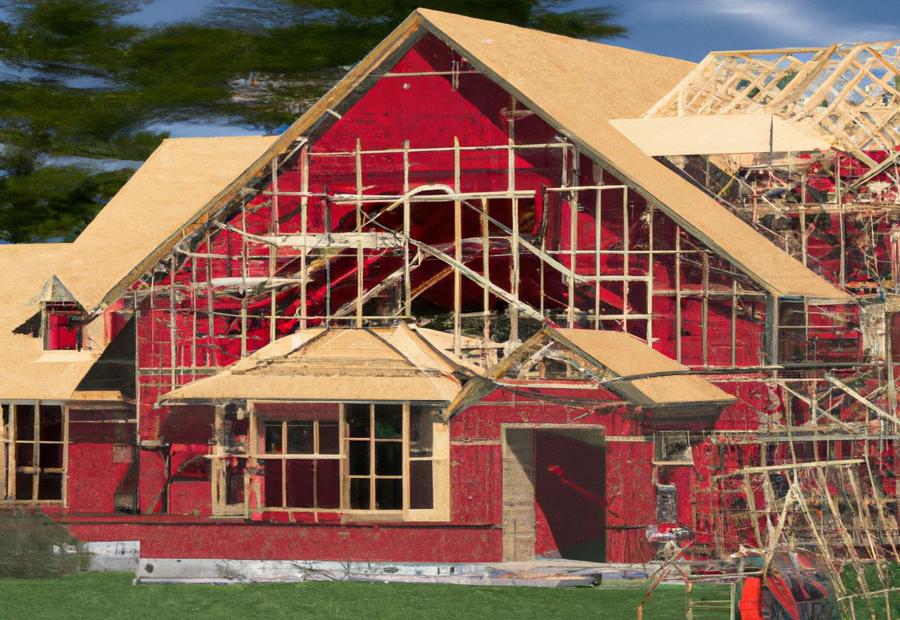


Photo Credits: Build-Wire.Com by Arthur Adams
Construction estimates are vital for accurately determining the cost of a project. They maximize efficiency by giving a comprehensive understanding of the construction process.
The table below outlines the key categories and their characteristics:
| Estimate Type | Description |
|---|---|
| Preliminary Estimate | Prepared during early stages of construction. Based on limited info, it gives a rough estimation of costs. |
| Detailed Estimate | Analyzes all project components including labor, materials, equipment and overhead costs. Presents a more accurate estimation of expenses. |
| Quantity Takeoff Estimate | Quantifies materials required for construction. Gives an in-depth analysis of quantities and associated costs. |
| Unit Price Estimate | Calculates costs using predetermined unit rates such as price per square foot or per unit of a specific item. Helps with quick and efficient estimations. |
| Parametric Estimate | Uses historical data and mathematical models to get cost estimates based on project parameters. Enables rapid assessments. |
| Design-Build Estimate | Prepared with designers and contractors. Takes design and constructability aspects into consideration for a more accurate estimation. |
Location, market conditions, and project complexity must also be considered for effective construction estimation. Choosing the right estimation techniques and type of estimate based on project requirements helps ensure maximum efficiency and accuracy.
Factors to Consider in Developing Construction Estimates



Photo Credits: Build-Wire.Com by Roy Taylor
Construction estimating needs careful thought. It starts with the cost of materials. You must assess prices of all supplies, equipment and components. The size, design and complexity of the project are also important. Labor requirements must be worked out. This includes the number of skilled workers, their expertise and hours. The condition of the construction site matters too. Factors like accessibility, terrain and challenges/hazards must be considered. Regulatory compliance is a must. Permits, safety standards and enviro regulations must be obeyed. Unique details must not be forgotten. Specialized equipment, subcontractors and timelines have to be taken into account. By examining these factors, construction pros can make estimates that achieve the project’s aims.
Adding Markup for Reasonable Profit Margin



Photo Credits: Build-Wire.Com by Carl Scott
A reasonable profit margin is key for accurately estimating construction costs. It helps a project be financially sustainable and helps a company to be successful. Adding markup for a reasonable profit margin requires careful thought about many things. Here is a 4-step guide:
- Assess Project Costs: Look at all related costs, like materials, labor, equipment, and subcontractors. This will give a clear view of expenses and help decide the right markup.
- Consider Risks and Contingencies: Think about any potential risks and changes that could come up during the project. Things like delays, new material prices, or plan changes may need a markup to make a reasonable profit margin.
- Calculate Overhead Expenses: Budget for overhead costs like office rent, utilities, insurance, and administrative staff. These costs help the company’s profitability and should be covered in the markup.
- Determine Profit Margin Percentage: After all costs, risks, contingencies, and overhead expenses have been assessed, decide what percentage of profit you want to make. This should be based on industry standards, market conditions, and the company’s financial goals. The markup should cover the margin without making the bid uncompetitive.
By taking these factors into account and following this 4-step guide, construction professionals can add the right markup for a reasonable profit margin. This helps build a solid foundation for the company and increases the chances of success. By always using these guidelines, companies can make money while providing quality services. The process of adding markup for a reasonable profit margin should be part of every construction estimation. This will help the company grow and compete in the industry.
Finalizing the Estimate and Creating a Professional Proposal



Photo Credits: Build-Wire.Com by Arthur Clark
Ensuring accuracy in construction estimation is essential for optimal efficiency! To achieve this, follow these steps:
- Get precise and detailed data
- Conduct a thorough cost analysis
- Allocate a percentage of total cost for contingencies
- Review and adjust the estimate
- Craft a professional proposal
These steps help contractors secure accurate estimates and comprehensive proposals, which foster positive client relationships and increase success in the construction industry. Precision and professionalism are key for a successful project.
Modern Solutions for Construction Estimating



Photo Credits: Build-Wire.Com by Larry Baker
Modern solutions for construction estimating are a must in today’s industry. Accurate and efficient estimations are key for effective planning and executing projects. This enables contractors to assess resources and costs accurately, leading to better decisions and improved outcomes.
Integrated software platforms offer a modern solution. Automated takeoff & measurement, cost databases, and real-time collaboration are features. Streamlining the estimation process and reducing manual errors enhances efficiency.
Cloud-based solutions are another modern approach. Team members can collaborate and access estimations from anywhere, anytime. This boosts productivity and facilitates effective communication, for timely and accurate estimations.
Advanced analytical tools and machine learning algorithms improve accuracy. Analyzing historical data, recognizing patterns, and making predictions optimizes resource allocation and minimizes time & cost overruns.
It is vital to consider unique details of each project. Local regulations, site conditions, and client requirements can greatly impact accuracy. Taking these into account tailors estimates to project needs, improving efficiency.
To boost accuracy, cost databases must be regularly updated and revised. Staying up-to-date with industry trends helps contractors improve their estimates.
To sum up, modern solutions for construction estimating, such as integrated platforms, cloud-based solutions, and advanced tools, are essential for maximum efficiency. Unique project details and cost database updates further enhance accuracy.
Conclusion



Photo Credits: Build-Wire.Com by Jacob Baker
Construction estimation is a must for any building project. It’s essential to get it right, to maximize efficiency and avoid extra costs. A comprehensive guide can help construction experts sharpen their skills and get the best results.
The guide looks into different factors that make estimation accurate. It covers:
- Understanding the project scope and objectives
- Analyzing the construction drawings and specs
- Considering all costs – materials, labor, and equipment
It also explains the importance of using advanced software and tools to make the process smoother and more accurate.
Plus, the guide stresses the need to factor in potential risks and contingencies. Unforeseen circumstances like weather, law changes, and delays should be taken into account in order to make sure budgets and deadlines are realistic. This proactive approach helps minimize unexpected costs.
Communication and collaboration are also key. All parties must be on the same page and understand the estimation process. This will ensure accurate information exchange and decision-making. It will also help identify and correct any discrepancies in the data.
By following the guide, professionals can optimize the estimation process and get the best outcomes. They’ll be able to create accurate estimates, avoid cost overruns, and improve project results. Knowing the project scope, using the right software and tools, and considering risks and communication are key to making estimation accurate.
Some Facts About A Comprehensive Guide to Accurate Construction Estimation For Maximum Efficiency:
- ✅ Fast and accurate techniques for estimating construction costs are crucial for profitability in construction companies. (Source: Team Research)
- ✅ Stick estimating, which involves counting every piece of material and determining every hour of labor, is accurate but inefficient. (Source: Team Research)
- ✅ Estimating by hand is inefficient and prone to errors in construction cost estimation. (Source: Team Research)
- ✅ The best way to produce fast and accurate estimates is to develop a unit cost method and use estimating software. (Source: Team Research)
- ✅ Accurate pricing, by comparing unit prices to relevant data and adjusting when needed, leads to confidence in estimating and increased speed and sales in construction projects. (Source: Team Research)
FAQs about A Comprehensive Guide To Accurate Construction Estimation For Maximum Efficiency
What is stick estimating and why is it accurate but inefficient?
Stick estimating involves counting every piece of material and determining every hour of labor. While it is accurate, it is inefficient because it is time-consuming and prone to errors.
How can estimating by hand lead to inefficiencies and errors in construction cost estimation?
Estimating by hand is even more inefficient and prone to errors compared to stick estimating. Manual calculations increase the likelihood of mistakes and require more time and effort.
What is the best way to produce fast and accurate construction cost estimates?
The best way to produce fast and accurate construction cost estimates is to develop a unit cost method and use estimating software. This combination provides efficiency, accuracy, and reduces errors.
What are the benefits of using estimating software in construction cost estimation?
Using estimating software offers several benefits, including faster estimation, reduced errors, improved project budgets, more precise forecasting, and better project management tools.
Why are accurate subcontractor estimates essential in construction projects?
Accurate subcontractor estimates are essential as they ensure all aspects of a job are accounted for and help achieve profit goals. General contractors can rely on accurate subcontractor estimates to stay under budget and complete work on time.
What are the main types of construction estimates and how do they differ?
The main types of construction estimates are roll-up estimates and unit cost estimates. Roll-up estimates provide a quick ballpark estimate, while unit cost estimates offer more detail and accuracy by using precise measurements and adjusting other costs accordingly.
